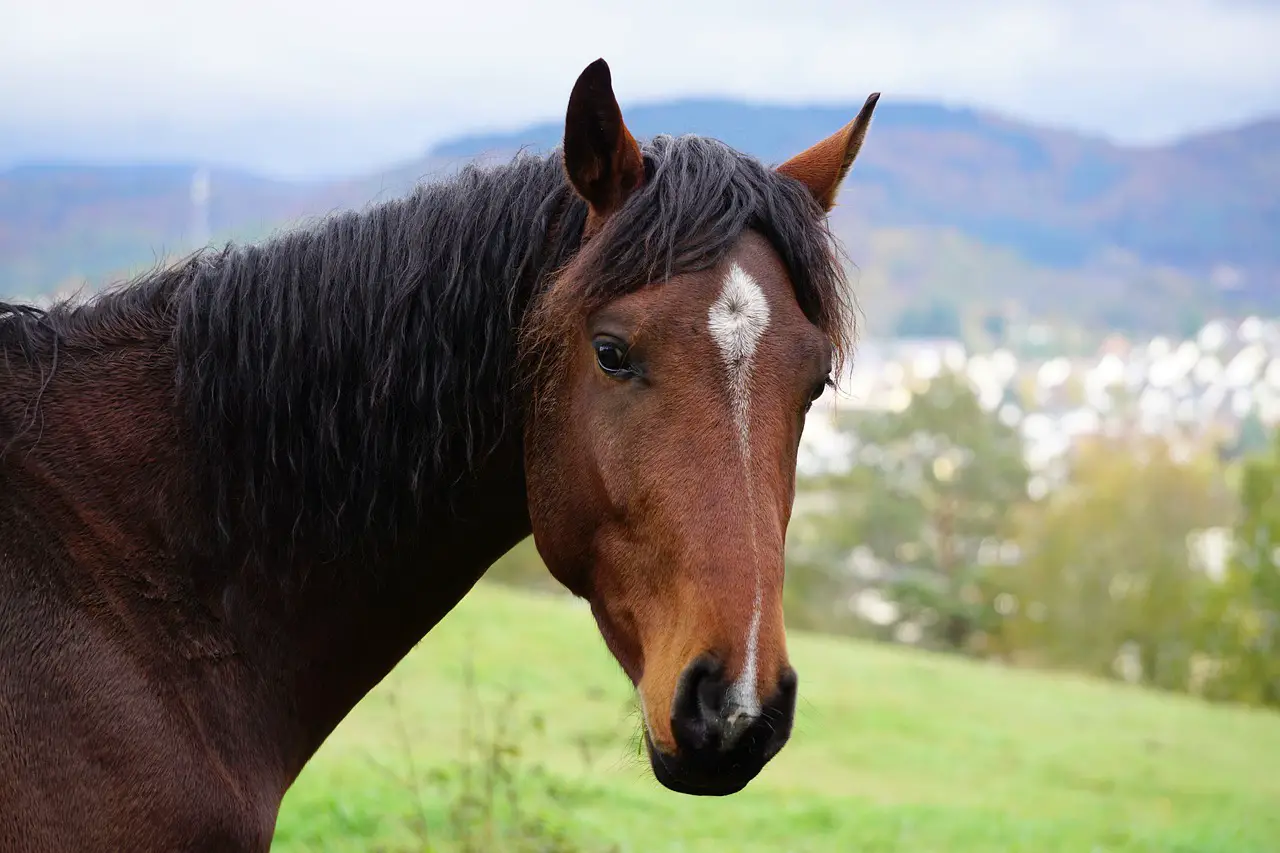Last Updated on March 18, 2022 by Allison Price
You have probably heard of laser therapy performed on horses, dogs or friends. Low-Level Laser Therapy (LLIT), is a light therapy that’s used frequently to treat musculoskeletal disorders.
Laser Therapy: What can it do?
Laser Therapy can speed up healing and increase the repair, renewal and remodeling of tissue in horses. Laser therapy can be used for wound healing, pain management and tendon/ligament injuries. It can also stimulate acupuncture points. Laser therapy can help with pain relief, wound healing, inflammation, tendon/ligament strength, and function return.
Laser Class
Lasers can be classified according to the energy or power of the beam as well as the wavelength of the radiation emitted. This classification is determined by the laser’s ability to cause immediate injury to the eye and skin, as well as the possibility of causing fires due to exposure to the beam reflections or beam. It has nothing to do the effectiveness of the treatment. They can range from Class 1 through 4.
Class 1: Generally, considered incapable of producing harmful radiation levels. Example- laser printer.
Class 2: Produce radiation in the visible spectrum. They can be dangerous if they are viewed for too long. Example- laser pointer.
Class 3a: Most likely won’t cause injury if seen only briefly with an unaided eye. Example: HeNe laser with 1-5 mW radiant power.
Class 3b: May cause serious eye injury if the beam is viewed directly, or specular reflections (off of a shiny surface). Fire hazard: Not usually. Example- visible HeNe lasers 5-500 mW.

Class 4: Direct, specular or sometimes diffuse reflections pose a danger to the eyes. This can cause skin damage and fires.
Laser therapy can cause irreparable damage to the retina, and this is not something I want to scare you with. This is so you don’t grab a laser and use it on your animal. It’s important to make sure that the person treating your animal understands how the machine works and follows the correct precautions.
Therapeutic Laser Therapy
The most common type of therapeutic laser therapy in the horse world is a Class 3b/Class 4 laser. Clinical and scientific research has shown that Class 3b lasers work best for therapeutic purposes, while Class 4 lasers work best for tissue destruction. Laser light is delivered at wavelengths (nanometers). At wavelengths greater than 951 nanometers (nm), laser light is highly absorbed. This energy is absorbed by the skin before reaching the skin. It causes high thermal damage (burns) as well as a low penetration depth.
The maximum wavelengths of Class 3b lasers are usually below 950nm. The wavelengths of class 4 lasers are generally between 980 and 980 nm. Scientific literature has not shown that higher power is necessarily better. In fact, it is the reverse. The therapeutic “optical response window” is between 600 nm to 950 nm, with the maximum effect range of 650 – 930 nm.
The bottom line
Also, just because a laser can treat more damage and is faster than others, it does not necessarily make it better. It is vital that the person operating the laser has the necessary knowledge and expertise. It is important that they are knowledgeable about equine anatomy, equine medicine, and how to operate the laser. Laser therapy is not the best treatment for every condition. Injuries can often lead to secondary complications that are difficult to treat.
Laser therapy is an excellent tool that can be added to our rehabilitation and treatment protocols. Progressive Equine uses the Respond Luminex 3b laser. Discuss with your veterinarian whether Laser Therapy is right for you horse’s injury.



